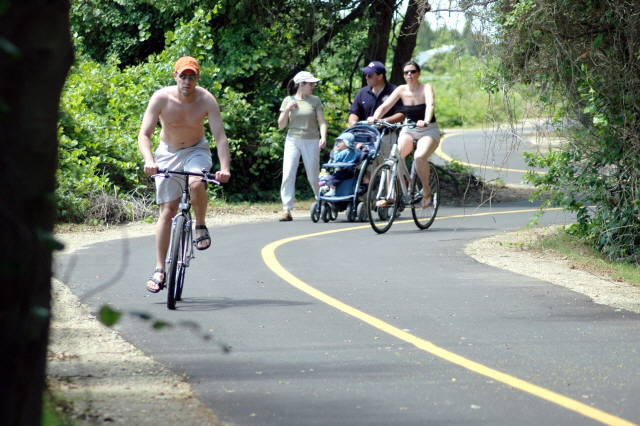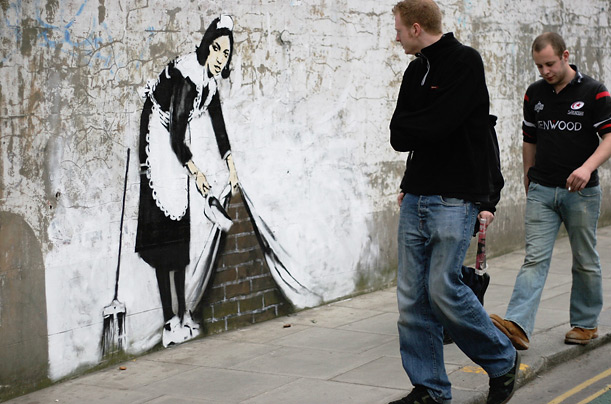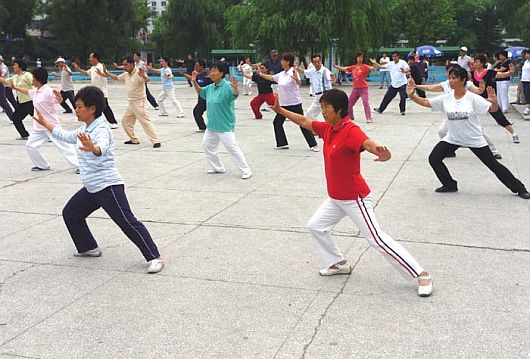We held the second of three special ABetterShreveport
meetings Monday that feature Centenary students in Urban Sociology presenting
their proposals for, well, a better Shreveport!
We made special invitations to few government officials and community leaders
we thought might be interested and able to give useful feedback. Indeed they did!
In attendance: Gregory Free, Wendy Benscotter, Feico Kempff,
Cynthia Keith, Maurice Loridans, Dara Sanders, April Dahm, Catherine Kennedy,
Victoria Provenza, Carolyn Manning, Brian Salvatore, David Nelson, Stephanie
Evans, Quincy-Allen Jones, Jordan Pope, Kedrick Williams, Victoria Luraguez,
Deborah Allen, Mariah Pitre, Don Adley
A BETTER BUS SYSTEM
Stephanie Evans presented first on her proposal for an
improved bus system. Stephanie noted the
benefits of public transportation, Sportran’s successes thus far, and
improvements that would be possible based on what’s worked elsewhere. Among the proposals is for an app that would
show the routes. (The specifics of that app were developed by fellow student Don Adley. It was part of Don's participation in NODE, Centenary's living learning community focused on technology and social change.) Other suggestions were
for LED lit bus stops with posted schedules, and pamphlets with schedules
funded by advertizing. Stephanie cited the
examples of Modesto, California, and Oklahoma City that have implemented such
things.
 |
| Bus stop signs now used in Seattle (from The Transportationist.org) |
David Nelson suggested the app could use GPS trackers on
buses to locate their position, and someone else said they believed the buses
are GPS equipped.
Victoria Provenza noted that there’s a stigma against public
transportation in our city (and others like it, no doubt). Dara Sanders noted that it’s seen as
tranportation welfare. Valerie
McElhose, Assistant Manager of Sportran
as Sportran, as well as Director, Gene Eddy, were referred to Stephanie as contacts.
USING PUBLIC FUNDS TO TARGET OBESITY
 |
| Adding multi-use paths can help lower a city's obesity rate |
Victoria Luraguiz then presented on how we might reduce obesity
through a wise application of public funds.
Among her proposals were mass media campaigns on the causes and
treatments of obesity, and investment in creating appealing network of nature
trails and bike paths to use for
transportation.
Deborah Allen commented that low income people are targeted
with cheap, high calorie food; Gregory Free noted the limited options such
people have in the typical convenience stores common in such neighborhoods. Loren said the Highland area where the
Centenary campus is has been officially designated as a “food desert” because
of such characteristics.
PUBLIC SPACE FOR STREET ART
 |
| Street art by Banksy in London |
Kedrick Williams and Jordan Pope presented a proposal for an
outdoor gallery and public space for street art. They said the art can be graffiti, stenciles,
pieces using wheatpaste as the medium, or posters using a grid layout, or
stickers. Kedrick and Jordan showed
examples of the work of such famous street artists as Sheppard Ferry, Banksy,
and David Cho. Kedrick and Jordan also
showed pictures of an area devoted to street art in Austin, as well as
interviews with out-of-town families who were enjoying visiting it as an
interesting feature of the city.
Gregory noted that his office in Austin is very near the
area they describe. He pointed out that
monitoring what would be too offensive to allow can be difficult. Kedrick and Austin said that they
would suggest using practices that have been successful elsewhere in dealing with such
issues, such as having artists register.
It was noted that it would encourage artists to consider how they might take
responsibility for the social consequences of their public art. Victoria Provenza commented that the Crewe of Highland has done that, in effect, in deciding
to ban the symbol of the rebel flag for the highland parade, but leaving it up to individuals and groups to decide how to operate within that
constraint. Gregory noted that elsewhere similar ideas
have been proposed, such as having a giant easel, open picture frame, and pedestal, all available for performances or exhibits, though there would be a jury process involved.
Jordan and Kedrick also presented a shipping container
mockup showing how such a container could be used as the exhibition and
creation space, while also helping to anchor a point on a bike trail. Shreveport Common was also described as possibly
an optimal location for the space. Catherine Kennedy said she’d wanted to have art installed downtown
in spaces that need improvement. Wendy Benscotter noted that this proposal had already been passed
along to the Shreveport Common Public Art committee.
Dara Sanders said those containers to meet the criteria to
be considered as “structures” and so would have to meet the regulations that go
along with that, but did not intimate that that would mean it couldn’t work. Victoria noted that local architect Mike McSwain has worked with containers
and would be a good contact for those interested in furthering this proposal.
When asked if such a space might be coopted by homeless people and
converted into a shelter, Dara Sanders noted that any public space has needs
for monitoring and it must be administered in such a way to maintain it’s intended function. Loren noted that’s true for any public park.
FREE EXERCISE CLASSES TAUGHT BY STUDENTS
Quincy-Allen Jones presented last, proposing free exercise
classes, such as Zumba, Yoga, Jazzercise, or Tai Chi to be held in public parks. Quincy pointed out how these programs would
not only help combat obesity, but would reduce depression levels with outdoor
activity, increase the social capital of participants by increasing their
social networks, and overall add to the city’s quality of life and likelihood of economic development. Quincy proposed that college students seeking
experience in teaching exercise classes could teach the classes.
Catherine Kennedy noted that in her capacity at SPAR, she
sees how the city can be perceived as sucking the fun out of anything, but that
the city is responsible for what happens in parks, and that the teachers would
have to be certified. However, she said,
the city could work with students to get their certification and that could add
to the motivation of students to participate; students may value becoming
certified. It was noted it might be
possible to pay for people to be certified, but they could then teach
thereafter on a volunteer basis, or perhaps could receive a $500 tax credit.
 Dara Sanders noted that the programs could also take place
at schools, where the facilities are present in the form of gyms, etc. The program could work with Parent-Teacher
Associations to apply for grants. The Riverview
Park was also noted as as possible locale.
Loren has noted before that China did well in having morning routines of
Tai Chi throughout it’s country and communities would start their days
exercising outdoors together.
Dara Sanders noted that the programs could also take place
at schools, where the facilities are present in the form of gyms, etc. The program could work with Parent-Teacher
Associations to apply for grants. The Riverview
Park was also noted as as possible locale.
Loren has noted before that China did well in having morning routines of
Tai Chi throughout it’s country and communities would start their days
exercising outdoors together.
Feico Kempff asked Quincy-Allen if he'd be able to recruit
students, and if he had the time and wherewithal to do that. Quincy responded that for this project, he’d
make the time, and would love to make it happen. Catherine said she’d like to talk more Quincy
about the project.
GREENWAY DESIGNS PROPOSED BY LSU LANDSCAPE ARCHITECTURE STUDENTS
Loren reported that he and fellow ABS board member Ian Webb
were very impressed by the set of proposals for greenways in Shreveport they
had seen that morning. They had been invited
to view proposals by Dr. Bruce Sharky, professor of landscape architecture at
LSU. Several of the graduate students in
one of Dr. Sharky's classes selected Shreveport as a site for designing greenway
possibilities. Loren and Ian were raving
about them, so stay tuned to the blog.
We’ll be posting them next week!
ALL INVITED TO LAST BATCH OF STUDENT PROPOSALS NEXT WEEK
Also next week, on Monday the 10th, will be the last group of
Centenary student presentations on the following topics:
- curbside composting
- exercise and nutrition free magazine
- student mentoring program
- community gardening with the homeless
- sidewalk improvement
The students are eager to receive feedback, and anyone is invited to attend. Join us!


.JPG)




